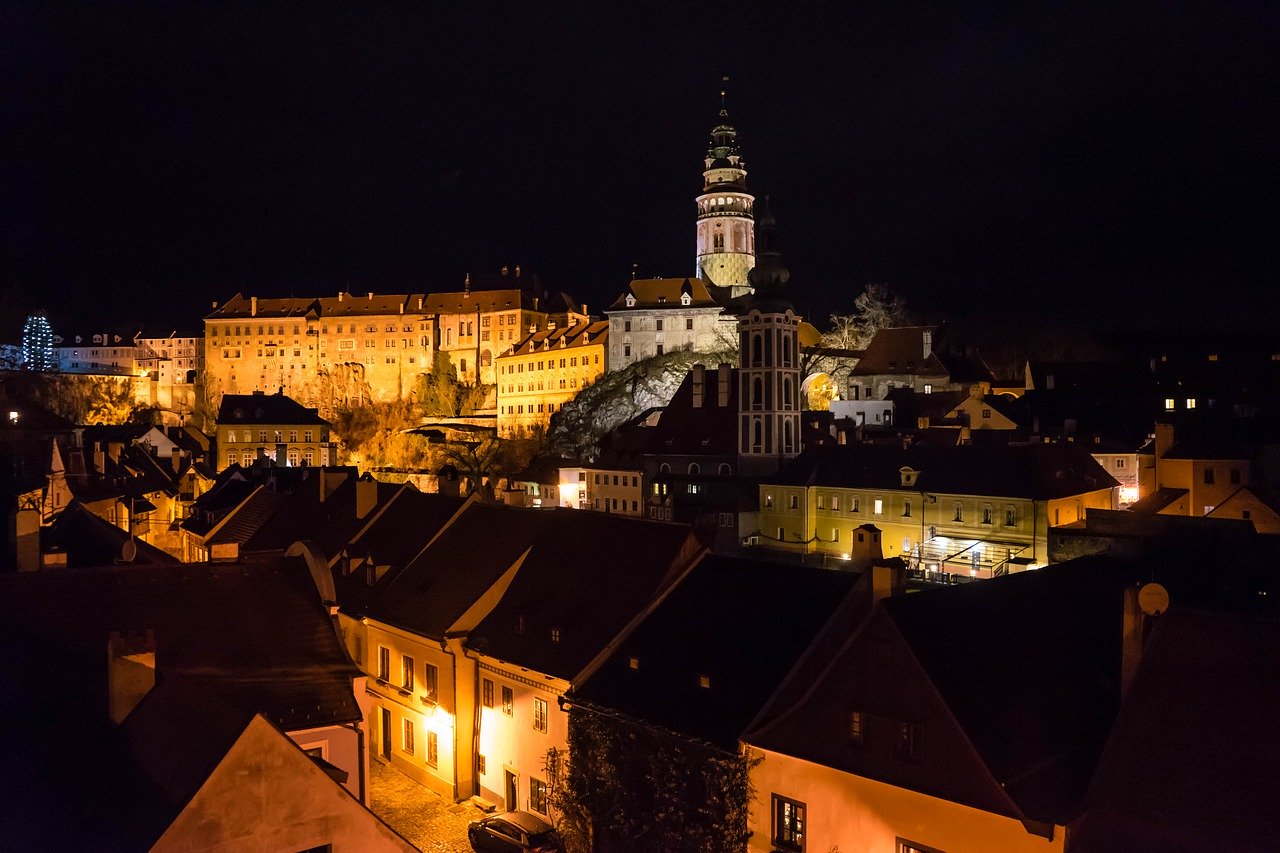The attractions of Český Krumlov in the Czech Republic
- crossing the over four-hundred year old Budziejowice Gate - it will be a great start to the adventure;
- a visit to the chateau because of the mask museum, the rallying carriage with which the Emperor drove for his coronation to the Vatican, the Baroque theatre,
- a medieval fortress;
- St. Vitus Cathedral - a unique beauty monument in Czech Gothic;
- Museum of Egon Schiele who lived in Český Krumlov.
- It was in Český Krumlov that the film "Pwiakíkyo" was shot.
- Visit Český Krumlov all year round. During the Five Flakes Rose Festival the inhabitants celebrate the summer solstice. The city looks as if medieval times have returned, with stalls and a theatre on the river.
The attractions of Český Krumlov in the Czech Republic that a guide in Český Krumlov in the Czech Republic can reveal to you
In a country full of historical wonders, Český Krumlov is unique. This small town is pushed into an area shaped like a horseshoe and surrounded by Vltava. Founded in the 13th century, it was a very important stop on the trade route. Český Krumlov is undoubtedly very picturesque: the steep roofs, sloping at different angles, cover the houses in colours ranging from yellow, through blue and cream to pink. The streets wink and cross and there is a surprise waiting for us around every corner. Whether it's a balcony, courtyard or a hatch with a completely new view, all of this encourages you to take a stroll and look carefully at the architectural details. You can spend the whole day exploring the beauty of this living piece of history. Don't let the crowds of tourists who are probably full of tension and excitement just like you. This fairytale city simply makes visitors smile.
Czech Krumlov developed in symbiosis with a huge, impressive castle on a steep rock on the other side of the river. The Krumlov Castle complex is the second largest and politically significant Czech castle, right after Prague's Hradèany. Since 1302, it has housed the fortress of the Rozmberk family. They gave the old, Gothic construction a Renaissance look and to emphasize the growing power of the family, the most outstanding Italian architects were brought in. Three centuries later, the castle became the property of the Eggenberk family, who carried out a thorough renovation in the Baroque style. The next owners, the Schwarzenbergs, added more and more exotic rooms, stairs, gardens, theatres, pavilions and even a riding school for more than a century. And what was going on in this huge, fortified temple of art, elegance and beauty was reflected in the town at the foot of the castle. The fate of Český Krumlov and the chateau has always been intertwined, and their mutual continuance is one of those wonders for which we should be eternally grateful,

